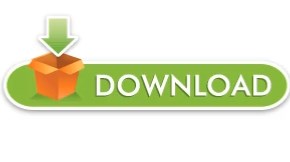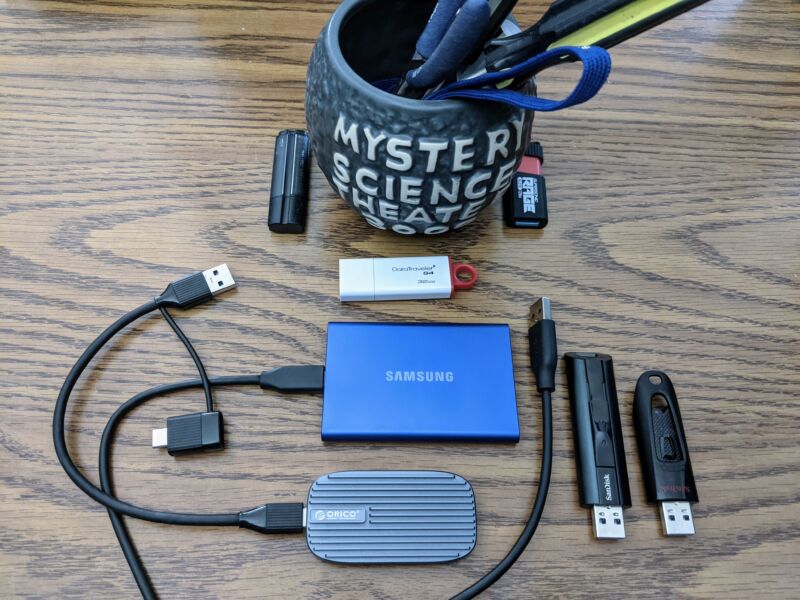

(they look something like /dev/sdb or /dev/sdc) You can either use a GUI tool like Disk Utility, or do the following. Okay, now you want to delete the current partitions in the target drive. UDF Compatibility Chart On Ubuntu, follow these steps to format a drive as UDF. For older Windows OSes like XP and 2000, you can read from the drive but you have to install some sort of driver to write to it.įor Mac, OS X 10.5 and above has full compatibility. So far, it's worked for me.Īnother good thing about UDF formatted drive is that it can store a single large file of up to 16 Exabyte(correct me if I'm wrong.), whereas Fat32 can only store a file of size 4GB or less and MAX partition size for FAT32 is only 2TB. Right now, looking at my data on UDF formatted drive, Linux file permissions seem to be preserved. Most modern OSes will be able to read and write to it. It is the format for use on CD's and DVD's. You can try formatting your drive as UDF(Universal Disk Format). Of course, since Windows doesn't know about Linux permissions and ownership these will not be handled as well. If you want a device that needs to be plugged into one Windows computer only occasionally, then it's possible to install ext2 device drivers in Windows that will allow it to read any and all ext(x) drives. Obviously, if you need a device that can also plug into any computer at any time then FAT would be the way to go. While there is some extra overhead in terms of space involved in having a journalling filesystem on a USB stick, it's actually a good choice for most things.

If it is found that there is an uncompleted journal on a device when it is mounted, the filesystem can be reverted to it's previous state thereby preserving its integrity.

The journal part of the write contains information about what is about to be done and it gets cleared after the operation is completed. Ext4 is a journalling filesystem which means that if the device is unplugged prematurely it stands more of a chance of recovering the damaged filesystem.


 0 kommentar(er)
0 kommentar(er)
